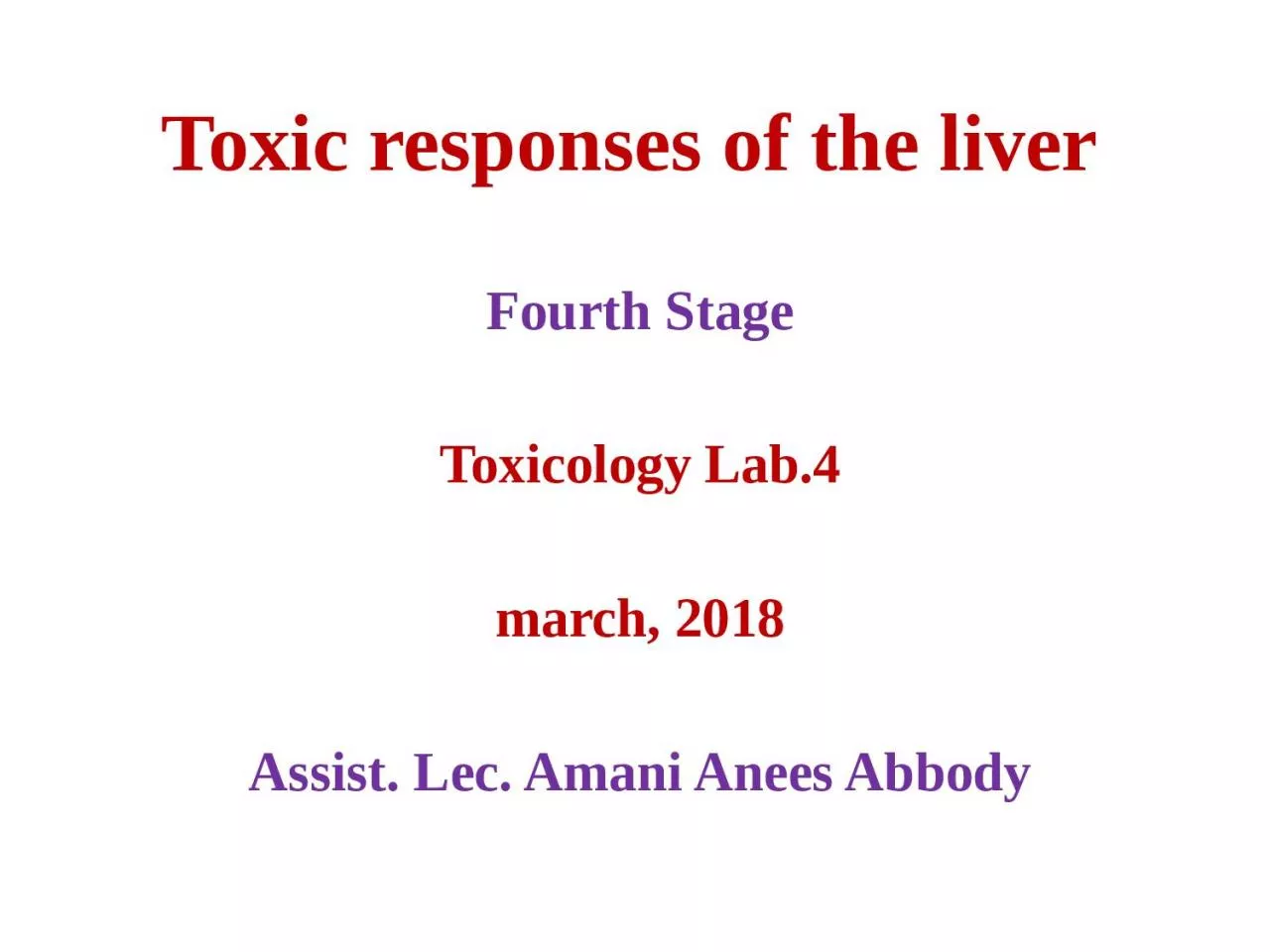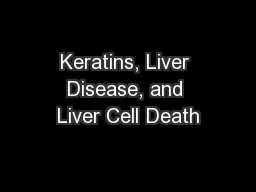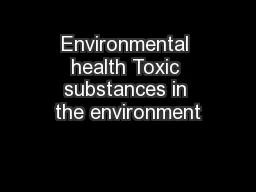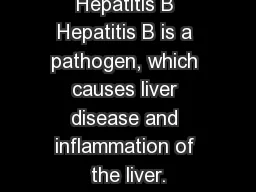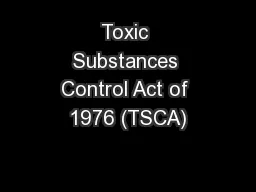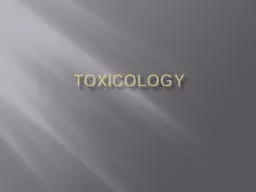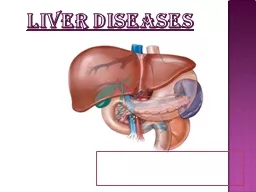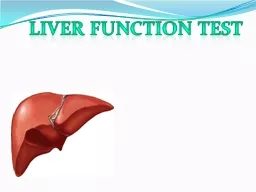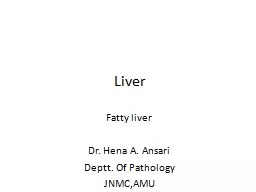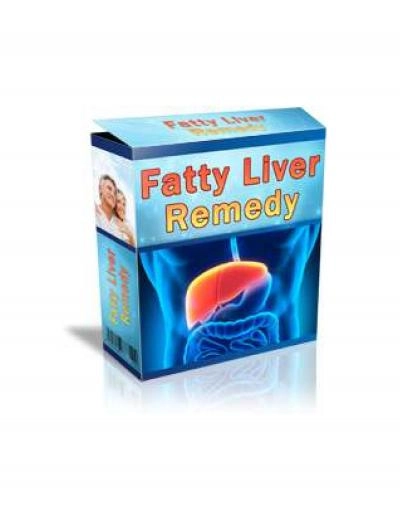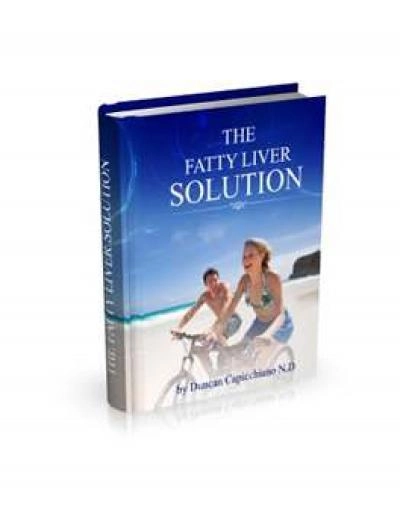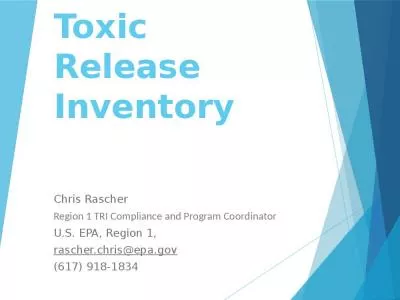PPT-Toxic responses of the liver
Author : ash | Published Date : 2023-06-10
Fourth Stage Toxicology Lab4 march 2018 Assist Lec Amani Anees Abbody The liver is the main organ where chemicals are metabolized and excreated so the
Presentation Embed Code
Download Presentation
Download Presentation The PPT/PDF document "Toxic responses of the liver" is the property of its rightful owner. Permission is granted to download and print the materials on this website for personal, non-commercial use only, and to display it on your personal computer provided you do not modify the materials and that you retain all copyright notices contained in the materials. By downloading content from our website, you accept the terms of this agreement.
Toxic responses of the liver: Transcript
Download Rules Of Document
"Toxic responses of the liver"The content belongs to its owner. You may download and print it for personal use, without modification, and keep all copyright notices. By downloading, you agree to these terms.
Related Documents

